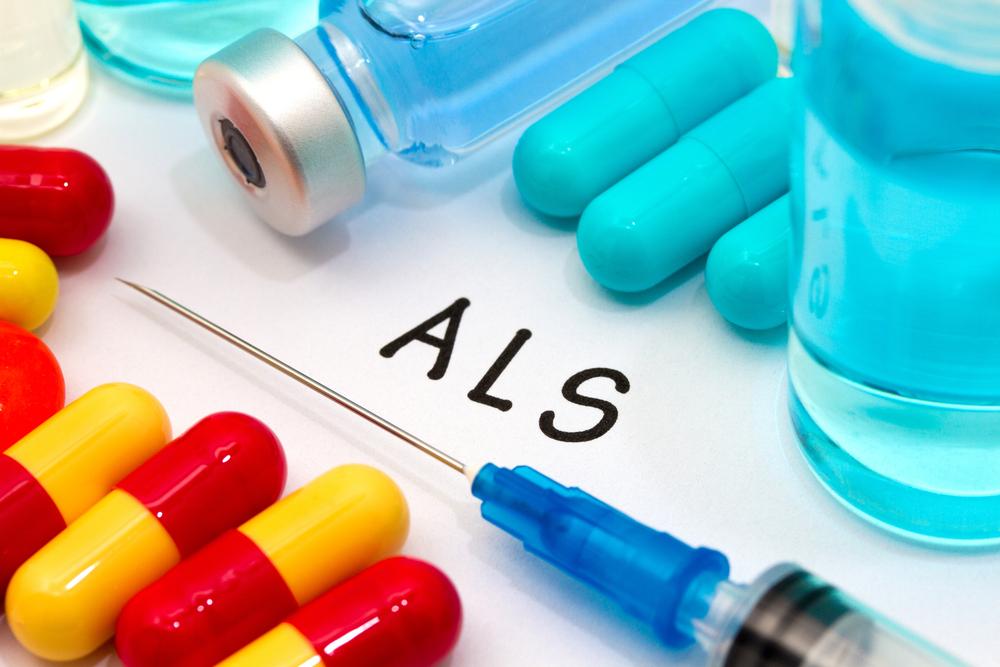
Amyotrophic lateral sclerosis (ALS) – Introduction, causes, and types
Amyotrophic lateral sclerosis (ALS) is a motor neuron disease. It attacks the nerve cells that are used for involuntary muscle actions which are also known as motor neurons. There are actions that we can control, such as those in the legs, arms, and face. Motor neurons are present in the spinal cord and brain. As Amyotrophic lateral sclerosis (ALS) progresses, these cells tend to degenerate and then eventually die. They stop sending messages to the muscles. The brain is, therefore, no longer able to control voluntary movements. Also, the muscles weaken and eventually waste away.
Ultimately, Amyotrophic lateral sclerosis (ALS) affects all the voluntary muscles. This means that the person affected no longer has control over their arms, legs, and face. Some people diagnosed with Amyotrophic lateral sclerosis (ALS) manage to live more than ten years. However, most people with Amyotrophic lateral sclerosis (ALS) live between three to five years after experiencing their first symptoms. Amyotrophic lateral sclerosis (ALS) is said to affect between two to five people in every 100,000 in the world. The famous physicist Stephen Hawking was diagnosed with Amyotrophic lateral sclerosis (ALS) during his youth. Now, being over 70 years of age, he is considered as one of the greatest scientists for his achievements.
Types of Amyotrophic lateral sclerosis (ALS)
Followed by a brief introduction on Amyotrophic lateral sclerosis (ALS), in the following, its causes and types have been outlined below. Amyotrophic lateral sclerosis (ALS) can be sporadic or familial.
Sporadic ALS: Sporadic ALS is not inherited, as it can occur to anyone. Moreover, it accounts for around 90 to 95 percent of the cases.
Familial ALS: Familial ALS is inherited. Familial ALS accounts for around 5 to 10 percent cases in the world. The child of a person who is diagnosed with ALS has a 50 percent chance of developing the condition. In rare cases, a person is affected in their teens. There are investigations conducted by researchers regarding which genes are involved.
Causes of ALS
After being aware of the ALS condition by reading the brief introduction on Amyotrophic lateral sclerosis (ALS) above, its causes may surprise you. It is still unclear as to what exactly causes the Amyotrophic lateral sclerosis (ALS) condition; however, those diagnosed may experience different signs and symptoms. The causes of ALS have been listed below:
Genetic mutation
As you may have read above in the types of Amyotrophic lateral sclerosis (ALS) that genetics can also lead to this condition. This is because various genetic mutations can lead to inherited Amyotrophic lateral sclerosis (ALS). However, the cases are as rare as 5–10 percent in the world, the chances still exist.
Chemical imbalance
People who are diagnosed with Amyotrophic lateral sclerosis (ALS) have higher than normal levels of a chemical messenger in the brain, around the nerve cells in their spinal fluid. This chemical messenger is known as glutamate. To some nerve cells, too much glutamate can be toxic.
Disorganized immune system
Sometimes, a person’s normal cells can be attacked by his or her immune system, which may lead to the death of nerve cells.
Mishandling of proteins
When the proteins with the nerve cell are mishandled, it can lead to a gradual accumulation of abnormal forms of proteins in the nerve cells. This, in turn, will result in destroying the nerve cells and causing the condition.
Amyotrophic lateral sclerosis (ALS) introduction, its causes, and types are as listed above. Moreover, remember that there are local support groups that can help people with this condition as well as their families regarding the finances and emotional challenges as well.




